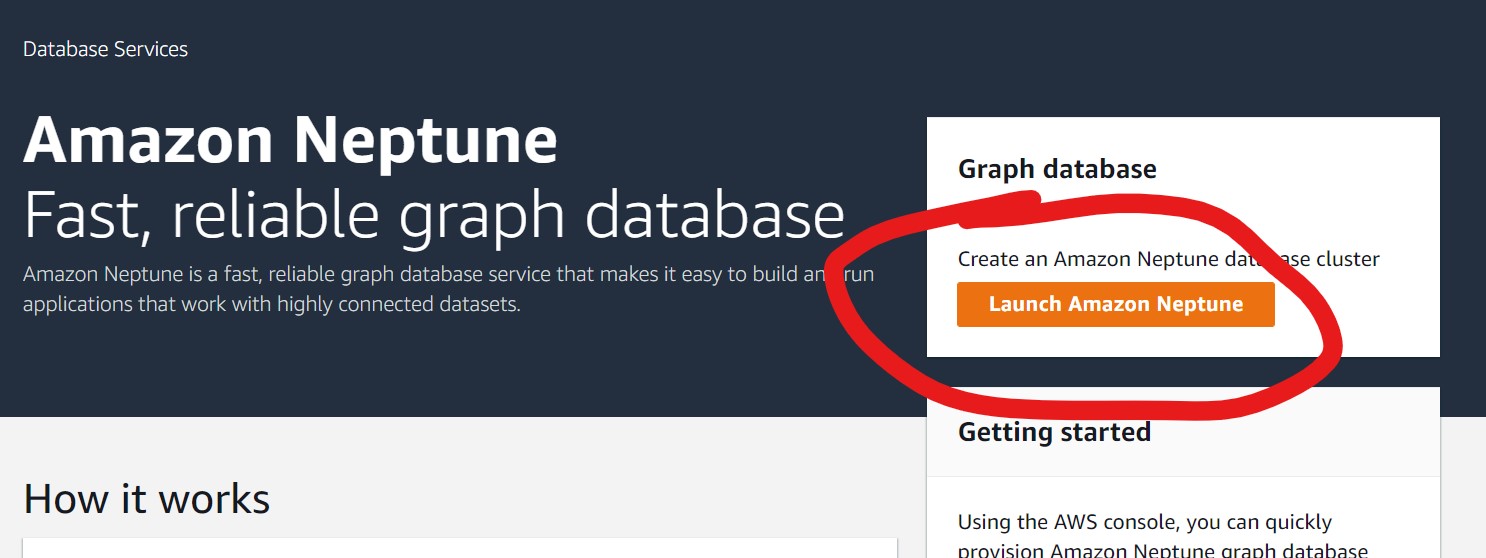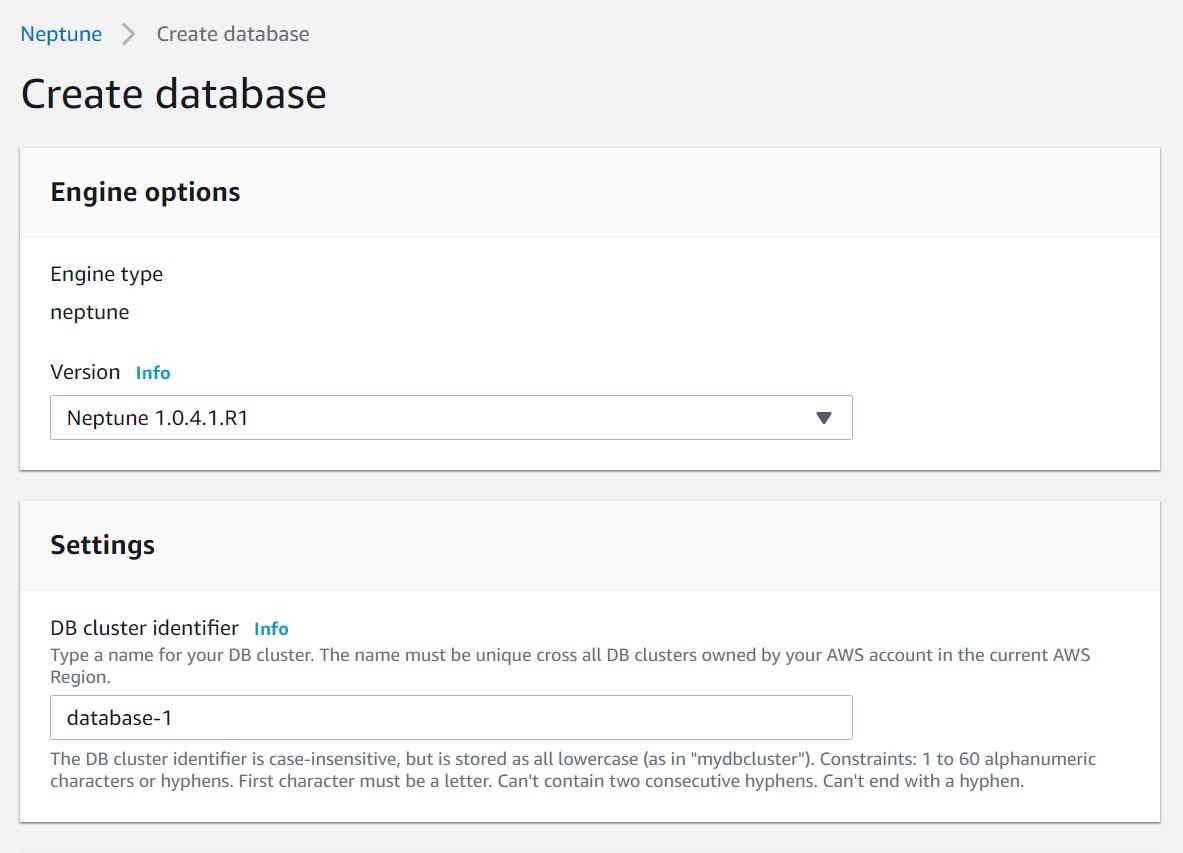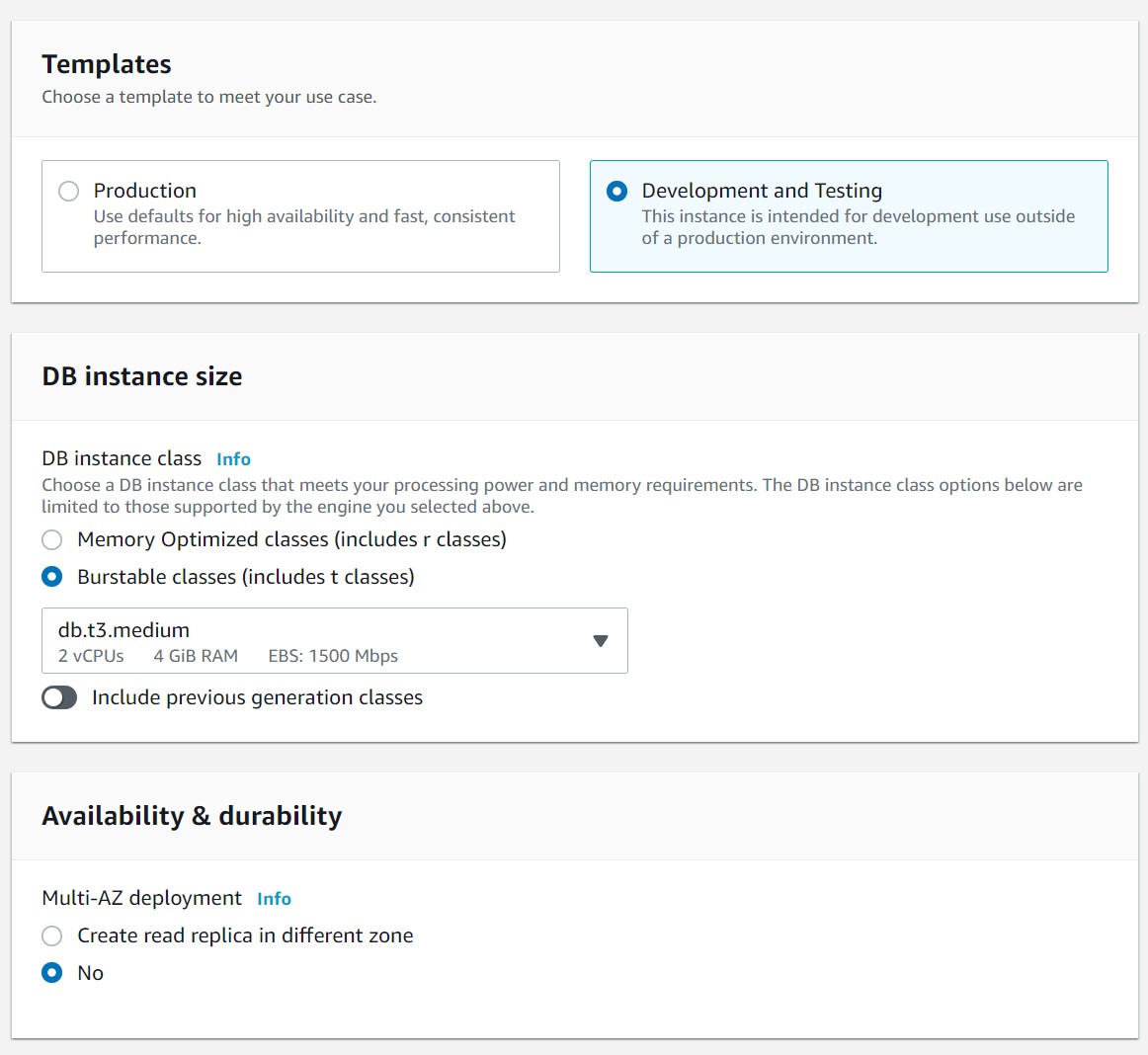This article will provide a brief overview of AWS Neptune database and how to create/provision it in AWS using the AWS Console.
What are graph databases?

A graph database is a specialized type of NoSQL database that stores data in the form of nodes (vertex) and relationships (edges). Graph database models are majorly of two types – Labeled Property Graph (LPG) and Resource Description Framework (RDF). These models are queried using the Gremlin and SPARQL query languages. Graph databases are generally used when the value in the complexity of relationships between data is extremely complex and of maximum value. AWS provides a graph database service in the form of a managed service named AWS Neptune that supports LPG as well as RDF models, and Gremlin as well as SPARQL query languages.
Creating AWS Neptune database using AWS Console
-
Search for “AWS Neptune” in the AWS Console

-
Click on “Launch Amazon Neptune”

-
Then select database engine and provide your cluster name

-
Also, select a template. I have selected “Development and Testing” since I am just testing this database. You will also need to provide your instance type. I have selected the default db.t3.medium. Finally, select your availability zone. For production instances I highly recommend that you select Multi AZ Deployment. Since I am just testing, I have selected single AZ Deployment.

- That’s it! Just wait a few mins and your AWS Neptune database will now show up as available.